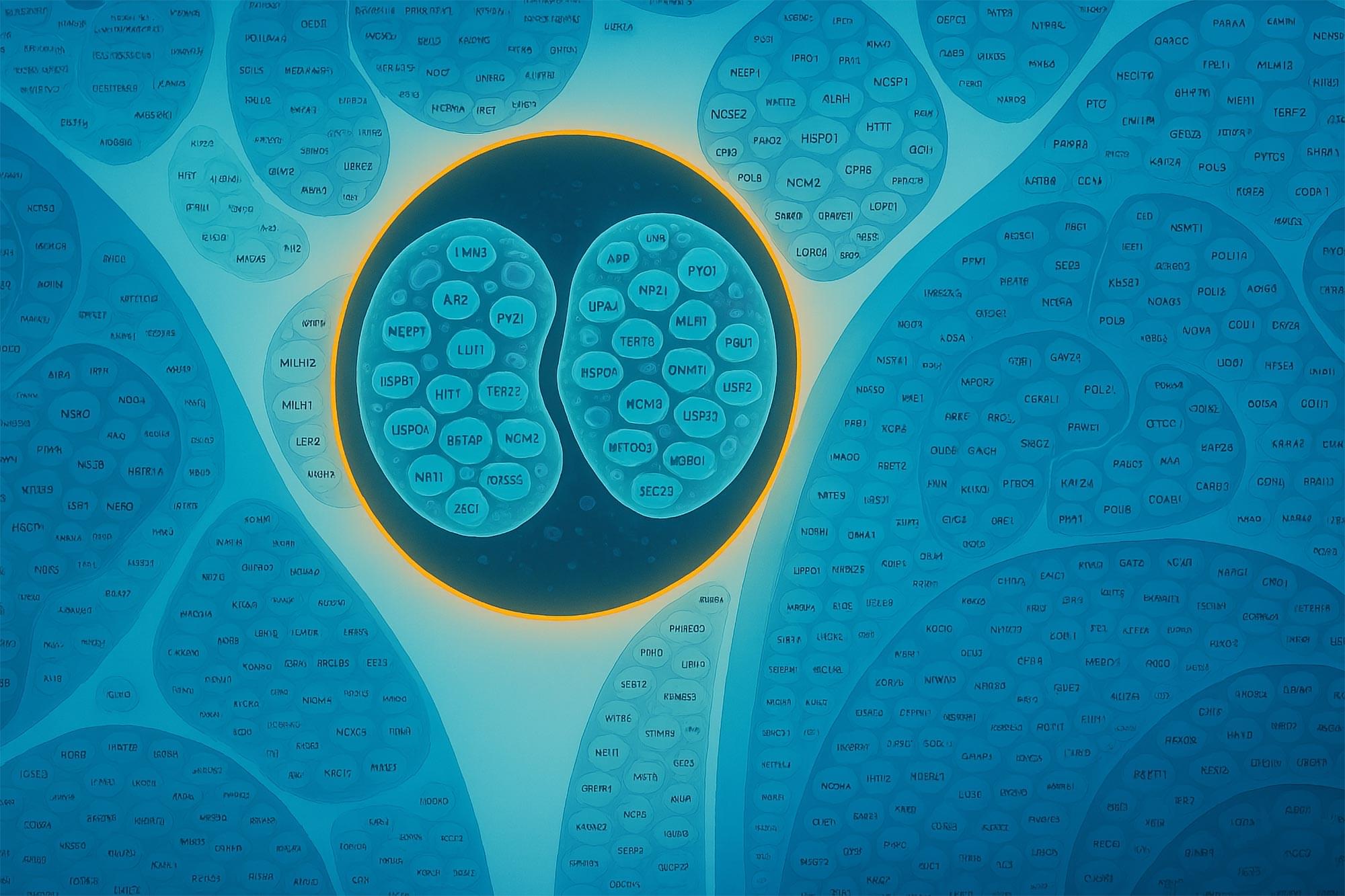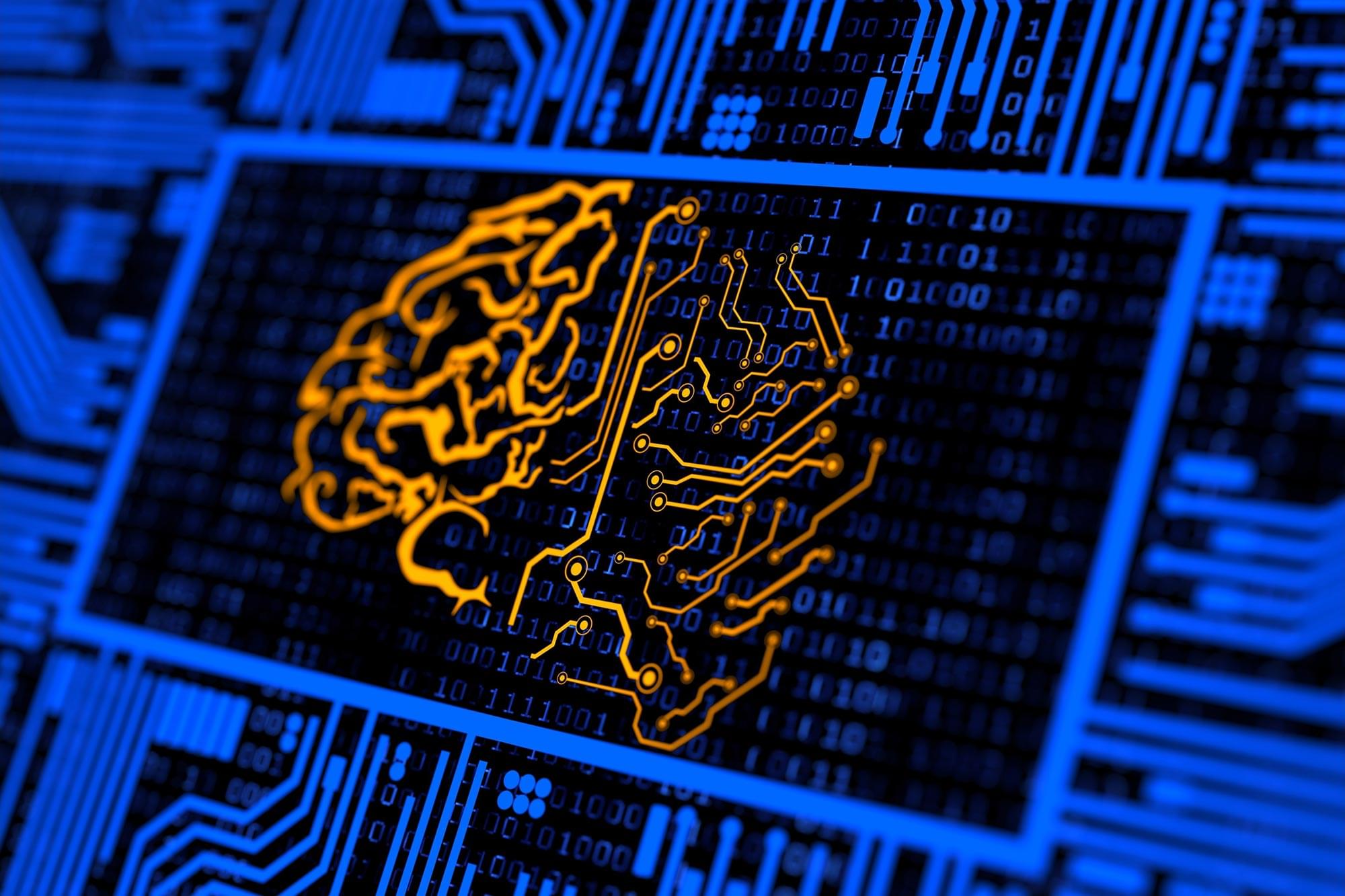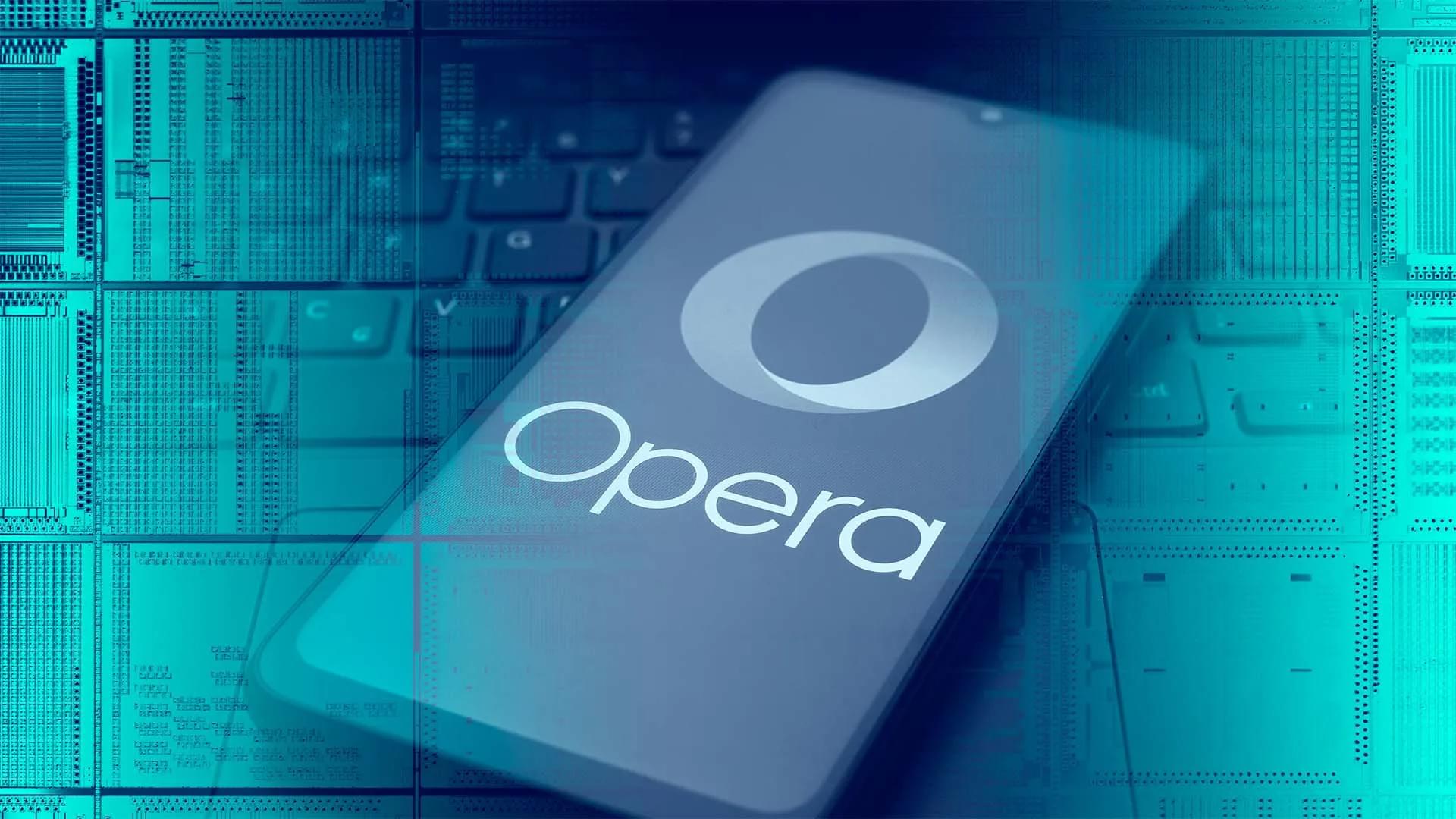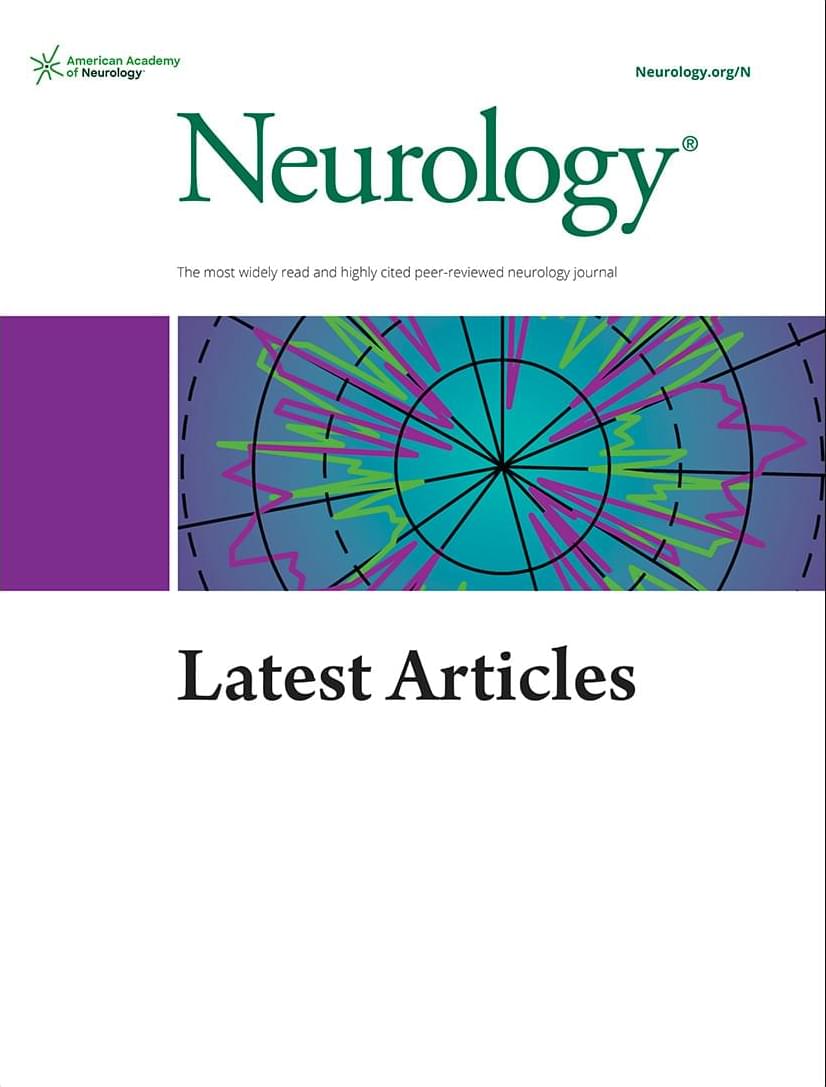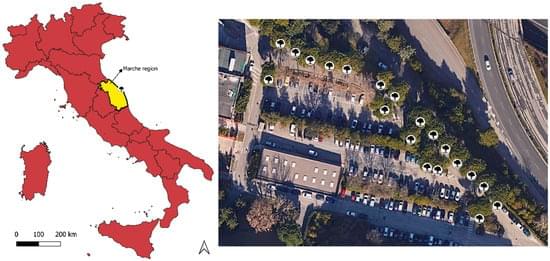For the first time, scientists have built a detailed, interactive map of a human cell, revealing how thousands of proteins organize and work together.
Using advanced imaging and AI tools like GPT-4, they uncovered hundreds of previously unknown protein functions and identified key cellular assemblies tied to childhood cancers. This map not only changes how we study cell biology but could also transform our understanding of disease at the molecular level.
Mapping the Human Cell: A 400-Year Quest.
